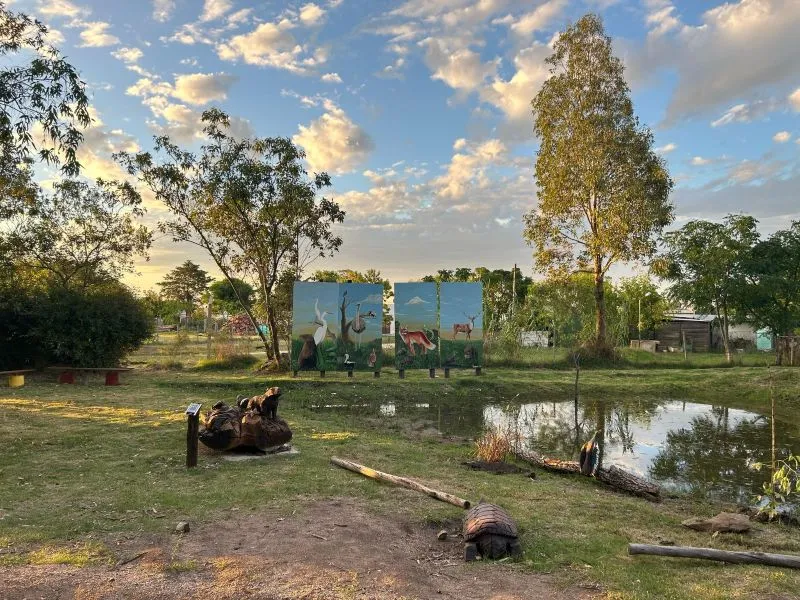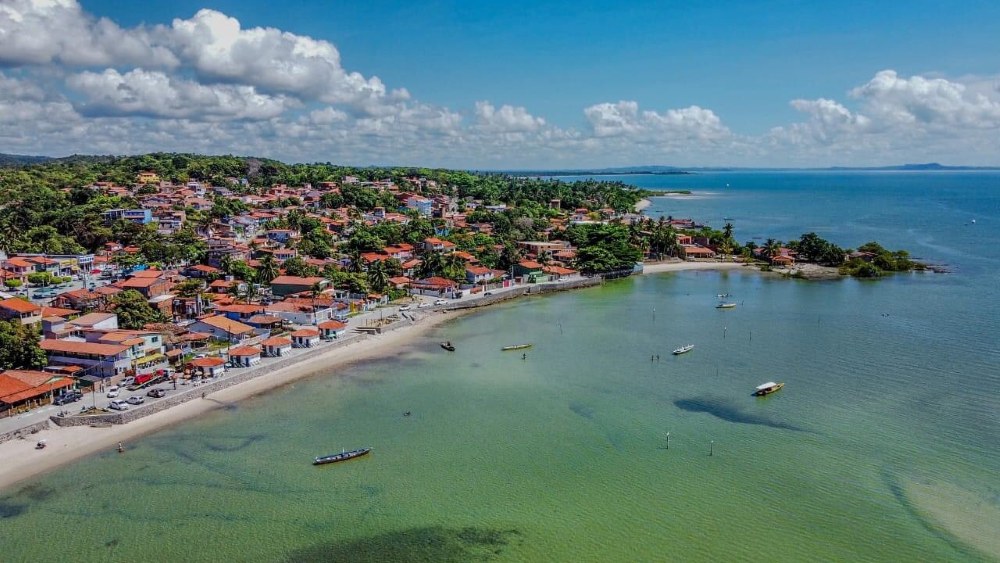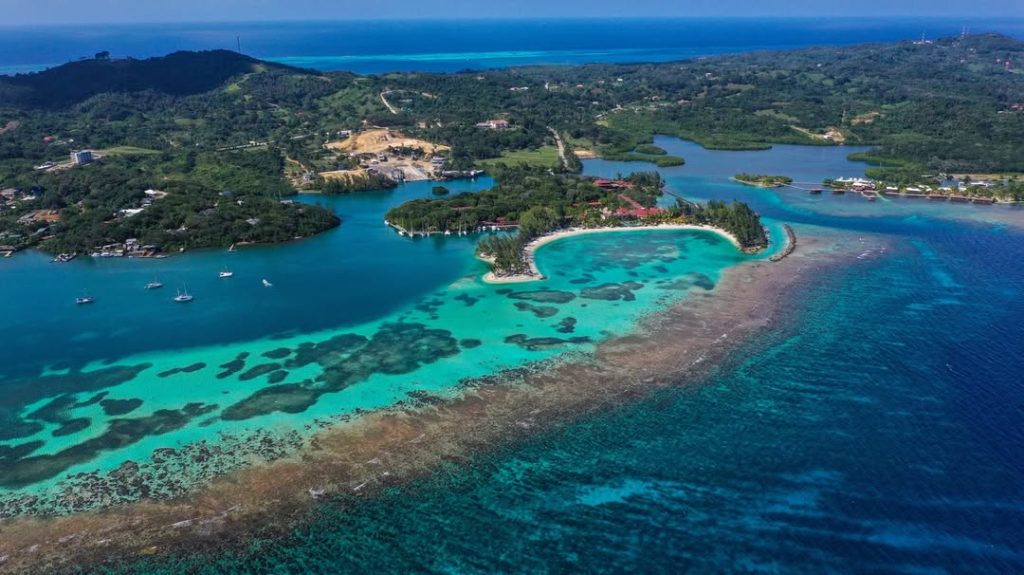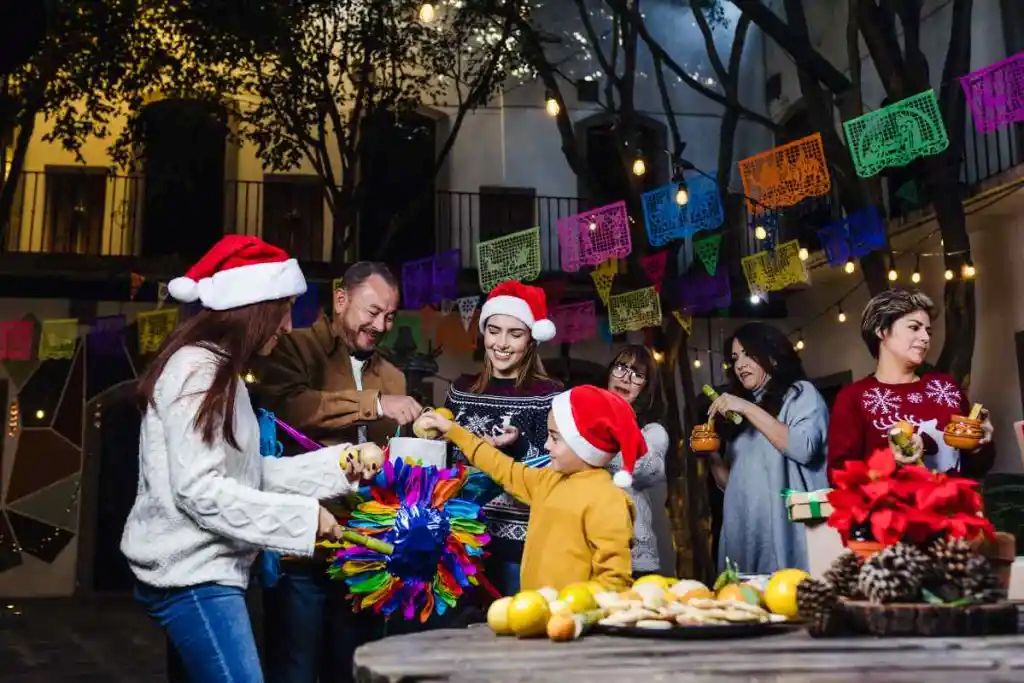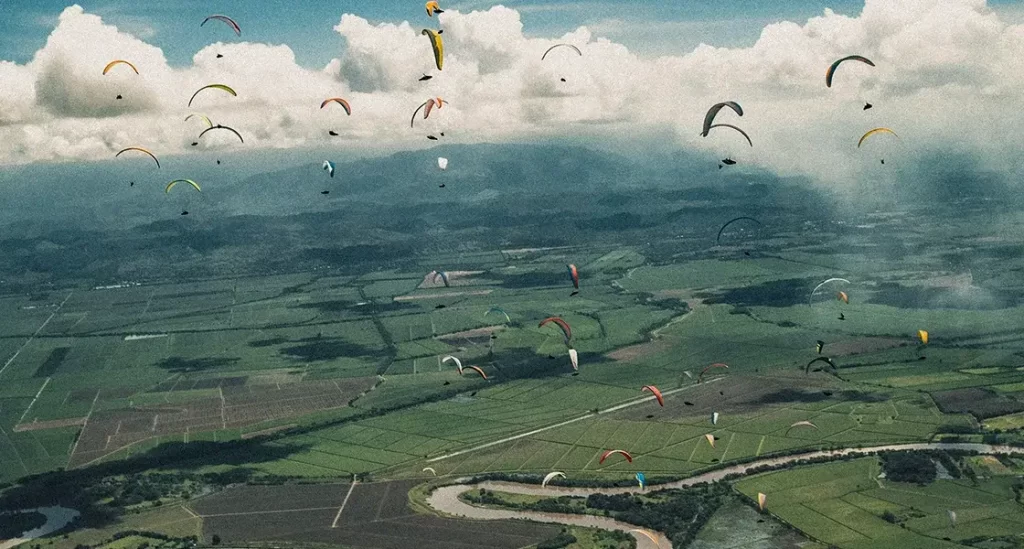Uruguay has nominated Villa La Paz, Santiago Vázquez, and Casupá for the 2025 edition of the Best Tourism Villages program. This initiative, promoted by UN Tourism, aims to recognize rural villages that stand out for preserving cultural heritage, promoting sustainable development, and offering authentic tourism experiences. Discover these nominees from the heart of South America, where the plains meet the sky and villages preserve the spirit of the past.
Villa La Paz: Tradition and Community Life
Renowned for its historic architecture and peaceful atmosphere, this village offers an authentic experience of rural Uruguayan life. Visitors can participate in traditional activities such as milking cows, horseback riding, or artisanal crafts. Located in the department of Colonia—one of the country’s most important wine-producing regions—it also offers visits to family-owned wineries, where local wines can be tasted, especially Tannat and fresh white varieties.
Its surroundings, with meadows, streams, and small lagoons, are ideal for cycling, hiking, and birdwatching. In addition to traditional festivals like the Grape and Wine Festival, one of its most iconic events is the Night of the Torches, during which the streets and squares are lit with warm lights. Attendees enjoy parades, live music, folk dancing, artistic performances, and, of course, local cuisine.
Santiago Vázquez: Urban Sustainability
Located on the western edge of the Montevideo department, Santiago Vázquez—also known as La Barra—offers a unique combination of nature, culture, and history. This picturesque coastal village along the Santa Lucía River has preserved a relaxed lifestyle, guided by the rhythm of the tides.
Its main asset is the Santa Lucía wetland, an ecological reserve of great value. Kayaking through the canals, sport fishing, or simply walking along trails that cross native vegetation make this place a haven for ecotourism and birdwatching enthusiasts, with over 100 bird species sharing the ecosystem. Its iconic metal bridge, low houses facing the water, and a growing offer of community-based tourism make it an ideal destination for those seeking sustainable experiences close to Montevideo.
Our article: Montevideo, A Cultural Journey to the Heart of Uruguay
Casupá: Innovation and Culture in the Florida Department
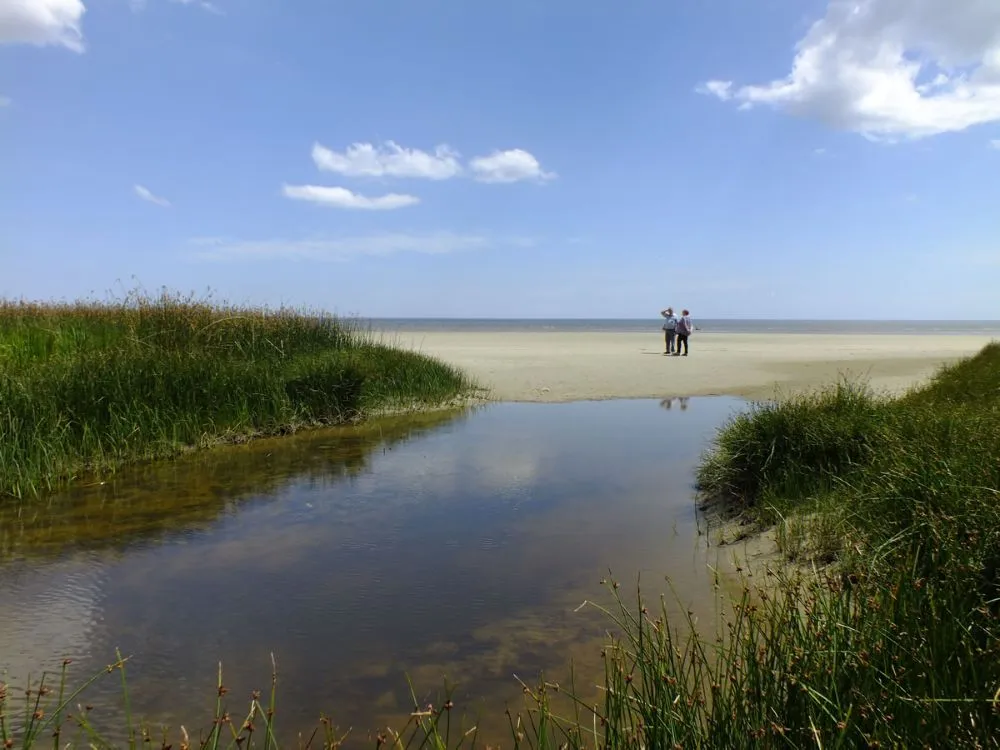
This village stands out for its strong gaucho identity, vibrant cultural life, and commitment to rural innovation. Casupá is famous for its Creole festivals, which include jineteadas (rodeo-style competitions), horseback parades, bonfires, and traditional dances that bring the community together to celebrate its rural heritage. The San José Obrero parish, with its simple architecture and central role in village life, is also of interest to heritage tourism lovers.
Beyond its traditions, Casupá focuses on rural and educational tourism. Several estancias in the area offer immersive experiences, from sustainable farming techniques to workshops on traditional cooking, spinning, or artisan cheese-making. It is also an excellent base for exploring the department’s hilly landscapes—ideal for hiking, horseback riding, or enjoying the silence of the countryside.
An Inspiring Precedent
In its previous edition, UN Tourism selected 55 villages from around the world. Latin America had a strong presence, with winners from Argentina, Mexico, Ecuador, Colombia, Chile, Peru, Guatemala, and Panama. From Andean valleys to tropical forests and coastal communities, these villages share a common approach: community-based tourism, local management, and the preservation of traditions.
Some were recognized as winners, while others joined the upgrade program, a category designed to support high-potential destinations on their journey toward sustainability.
Our article: Best Tourism Villages 2024, An Award for Excellence in Rural Tourism
The nomination of these three rural destinations to the Best Tourism Villages program speaks not only to their beauty or authenticity but also to a broader strategic shift. For many years, Uruguay’s tourism model has focused on its capital and coastal areas. Today, attention is turning inland.
These villages—at the crossroads of ancestral knowledge, community life, and sustainable practices—offer more than just a change of scenery. They represent a different way of traveling: slower, more rooted, in tune with the land’s rhythm, the living memory of local communities, and a future where tourism becomes a tool for territorial balance.
Photos: Ministerio de Turismo Uruguay

